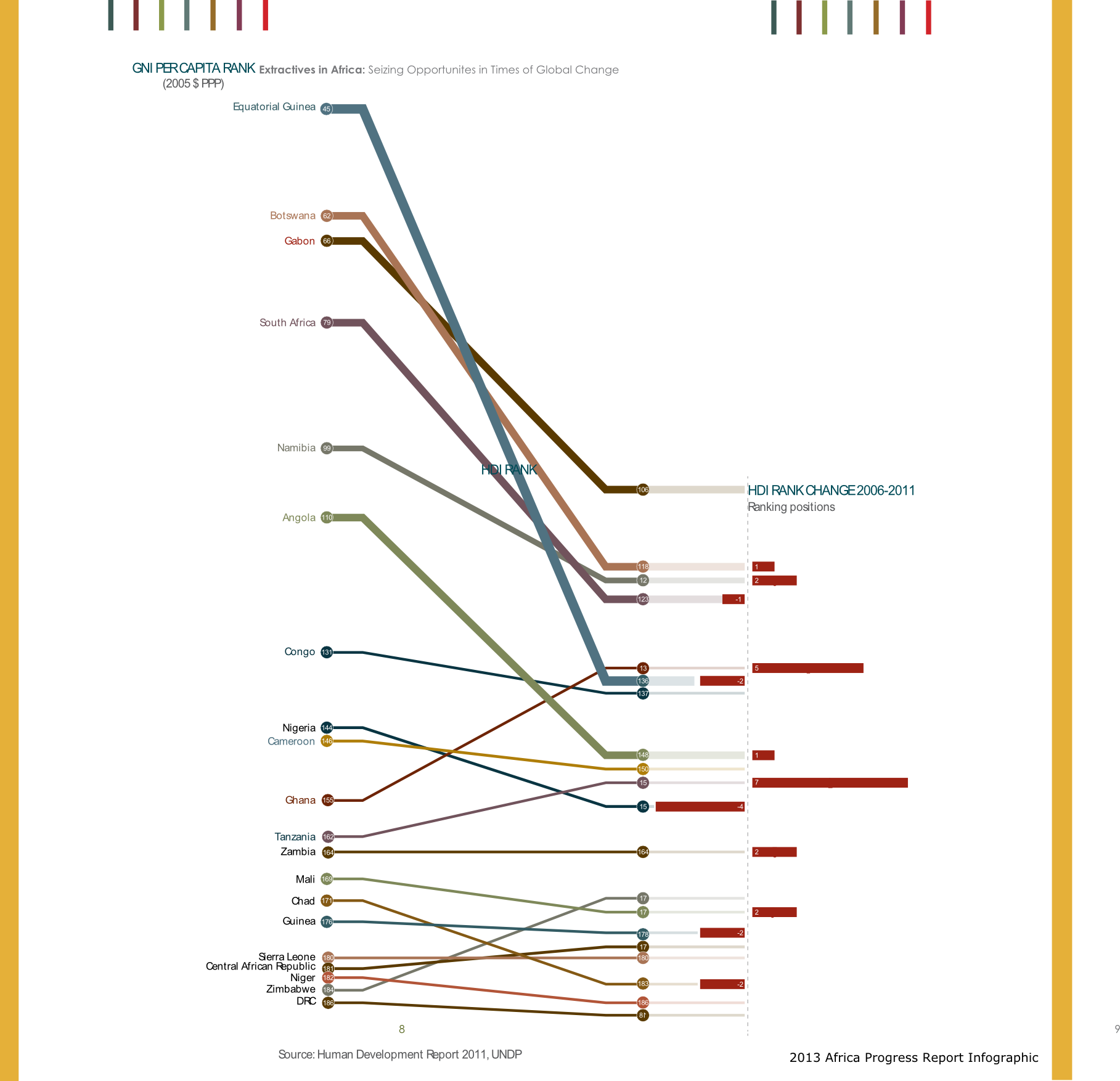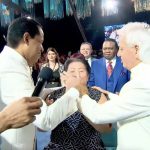
Africa will celebrate 52 years of regionalism on 25 May 2015. The Organization of African Unity (OAU) was set up to “safeguard and consolidate the hard-won Independence as well as the sovereignty and territorial integrity of our states, and to fight against neo-colonialism in all its forms” as stated in the preamble of the OAU Charter.
The African Union (AU) on the other hand appears to be a different strain of Pan-Africanism—one which no doubt has roots in the OAU but not in a fight against colonialism but rather with a goal to develop African states politically and socio-economically.
We see this in the preamble of the African Union Constitutive Act which states that the AU is:
…the scourge of conflicts in Africa constitutes a major impediment to the socio-economic development of the continent and of the need to promote peace, security and stability as a prerequisite for the implementation of our development and integration agenda
Common Denominator—Development
Regardless of differences between objectives of the OAU and AU, both have one common motivation and devotion—Improved development of the continent. For the OAU, development could not materialize while still under the clutches of imperialism and colonialism.
The Human Development Index (HDI) is a summary measure published by the United Nations Development Programme (UNDP) of key dimensions of development namely:
-
long and healthy life
-
access to knowledge and
-
decent standard of living
It’s one way to measure how well a people are doing. The dimensions are as follows:
The 2013 Africa Progress Report gives a sobering summary of human development on the continent thus far. This is aptly captured in a number of the infographics contained in the report. The one I wish to consider is the one captured in the header.
The Problem
This graphic focused on 20 sub-Saharan Africa (SSA) countries identified by the IMF as resource intensive. Together they account for about 56 per cent of the region’s population and around 79.6 per cent its GDP. This region according to the World Bank’s Africa’s Pulse Volume 7, sub-Saharan African countries have been growing at a steady pace for years—driven in part by the extractives sector.
As one report put it, “On one estimate, extractive industries have accounted for around one-third of regional GDP growth over the past decade – more than transport, telecommunications and manufacturing combined.”
The challenge is there exists a wide gap between economic growth in sub-Saharan Africa and human development. The wealth rank of an overwhelming majority of this resource rich SSA countries are way higher than their HDI rank meaning the wealth or growth is not translating into better human development for citizens.
The economic growth phenomenon in sub-Saharan Africa will not last forever. For that reason, while it lasts, it should be taken advantage of for the good of Africa.
Government is established amongst other things to devise fiscal policies that help redistribute income/wealth. Failure to do this will invariably lead to ever widening inequality—which has potential to increase violence and promote instability.







